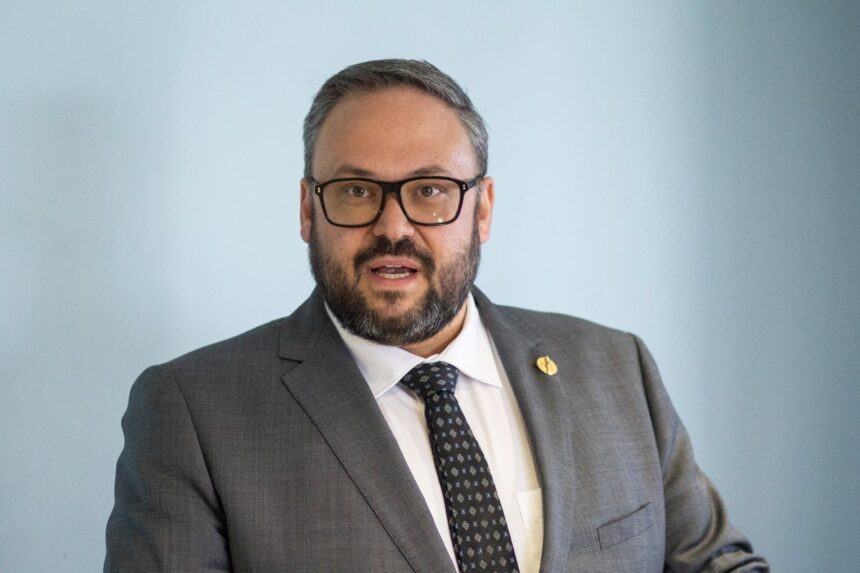In a significant development for healthcare access in Northern Ontario, up to 1,300 residents of Sault Ste. Marie will soon find themselves connected with much-needed primary care services. The provincial government announced this week a targeted funding initiative designed to address the persistent shortage of family physicians and primary care providers that has plagued the region for years.
The funding, part of Ontario’s broader healthcare transformation strategy, will flow through the Algoma Ontario Health Team (OHT) and directly support the Group Health Centre’s capacity to accept new patients who currently lack access to consistent medical care.
“This represents a critical turning point for many Sault residents who have been navigating the healthcare system without a primary provider,” said Dr. Sarah McKinnon, clinical lead at the Group Health Centre. “Patients without regular primary care often resort to emergency departments for non-urgent concerns, creating unnecessary strain on hospital resources while missing opportunities for preventative care.”
According to provincial health data, approximately 15% of Sault Ste. Marie residents currently lack a family doctor or nurse practitioner—significantly higher than the provincial average of 9.3%. The consequences of this gap extend beyond immediate health concerns, as patients without primary care providers often miss crucial screenings, vaccinations, and chronic disease management.
The initiative will prioritize vulnerable populations, including seniors with complex health needs, individuals with chronic conditions, and families with young children. The registration process will be managed through Health Care Connect and coordinated with local healthcare administrators to ensure equitable distribution of resources.
“This isn’t just about connecting patients with doctors—it’s about fundamentally changing how we deliver healthcare in Northern communities,” explained Regional Health Minister David Thompson during the announcement at Sault Area Hospital. “Primary care serves as the foundation of our entire health system, and strengthening this foundation creates positive ripple effects throughout all healthcare services.”
The funding package includes provisions for additional nurse practitioners, administrative support staff, and digital health infrastructure to maximize the efficiency of existing medical professionals. The Group Health Centre will also implement expanded evening and weekend hours to accommodate working patients who cannot access services during traditional office hours.
Local healthcare advocates, while welcoming the announcement, note that the initiative addresses only part of a multifaceted challenge. The Sault Medical Society estimates the city would need to recruit at least eight additional family physicians to fully meet current demand, highlighting the ongoing necessity of physician recruitment and retention strategies alongside immediate access improvements.
“We’re seeing the provincial government finally acknowledge what northern communities have been saying for decades—that equitable healthcare access cannot be an afterthought,” said City Councillor Maria Rodriguez, who chairs the city’s Health Services Committee. “This funding represents progress, but sustainable solutions will require continued investment and policy innovation.”
The initiative aligns with broader provincial healthcare reforms aimed at reducing emergency department wait times and addressing the backlog of procedures delayed during the pandemic. Health policy experts suggest that robust primary care networks serve as effective “pressure valves” for overburdened hospital systems by managing chronic conditions before they escalate to emergencies.
For Sault residents currently without a family doctor, the prospect of accessing consistent care represents more than just medical convenience—it offers peace of mind in a system that has often left them navigating complex health decisions without guidance.
“I’ve been on waiting lists for almost three years,” said 67-year-old resident Eleanor Whitfield. “Managing my diabetes and heart condition means regular monitoring that walk-in clinics simply can’t provide consistently. Having a doctor who knows my history would change everything.”
As healthcare funding remains a contentious issue in federal-provincial relations, this targeted investment raises important questions about sustainable solutions for underserved communities. Will this model of focused investment in primary care capacity prove more effective than previous attempts to address physician shortages in Northern Ontario, and could it serve as a template for similar communities across Canada struggling with healthcare access disparities?










